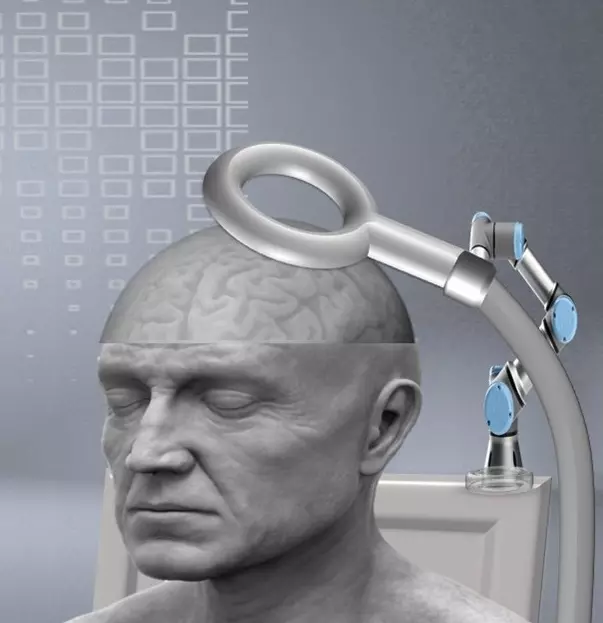Novos Tratamentos Neuromoduladores Aprovados para Dor Crônica
.
 |
Um grupo de estudiosos em dor crônica na América Latina (Consenso Latino latino Americano), emitiram (janeiro de 2019) um parecer favorável a dois novos tratamentos para dor crônica, a estimulação transcraniana por corrente contínua (ETCC) e a estimulação magnética transcraniana (EMTr).
Estes tratamentos, embora ainda devam passar por alguns trâmites burocráticos antes de chegar às clínicas e consultórios, já são uma certeza. Trata-se de duas novas ferramentas no armamentário das terapias da dor crônica. Aspectos bastante positivos destes tratamentos são: não invasivos, não farmacológicos, apresentam efeito prolongado por semanas e meses, terem baixos índices de efeito adverso e por apresentarem mudanças positivas na plasticidade neural; esta significa que nas vias e estações do sistema nervoso, ocorrem mudanças que tornam o sistema nervoso mais combativo à dor crônica
O link da publicação é: https://www.ncbi.nlm.nih.gov/pmc/articles/PMC6370142/
Abaixo o resumo da publicação disponível apenas em língua inglesa (use o google tradutor, caso interresse)
Latin American and Caribbean consensus on noninvasive central nervous system neuromodulation for chronic pain management (LAC2-NIN-CP). Pain Rep. 2019 Jan 9;4(1):e692. doi: 10.1097/PR9.0000000000000692. eCollection 2019 Jan-Feb.
Introduction: Chronic pain (CP) is highly prevalent and generally undertreated health condition. Noninvasive brain stimulation may contribute to decrease pain intensity and influence other aspects related to CP.
Objective: To provide consensus-based recommendations for the use of noninvasive brain stimulation in clinical practice.
Methods: Systematic review of the literature searching for randomized clinical trials followed by consensus panel. Recommendations also involved a cost-estimation study. Results: The systematic review wielded 24 transcranial direct current stimulation (tDCS) and 22 repetitive transcranial magnetic stimulation (rTMS) studies.
The following recommendations were provided: (1) Level A for anodal tDCS over the primary motor cortex (M1) in fibromyalgia, and level B for peripheral neuropathic pain, abdominal pain, and migraine; bifrontal (F3/F4) tDCS and M1 high-definition (HD)-tDCS for fibromyalgia; Oz/Cz tDCS for migraine and for secondary benefits such as improvement in quality of life, decrease in anxiety, and increase in pressure pain threshold; (2) level A recommendation for high-frequency (HF) rTMS over M1 for fibromyalgia and neuropathic pain, and level B for myofascial or musculoskeletal pain, complex regional pain syndrome, and migraine; (3) level A recommendation against the use of anodal M1 tDCS for low back pain; and (4) level B recommendation against the use of HF rTMS over the left dorsolateral prefrontal cortex in the control of pain.
Conclusion: Transcranial DCS and rTMS are recommended techniques to be used in the control of CP conditions, with low to moderate analgesic effects, and no severe adverse events. These recommendations are based on a systematic review of the literature and a consensus made by experts in the field. Readers should use it as part of the resources available to decision-making.



